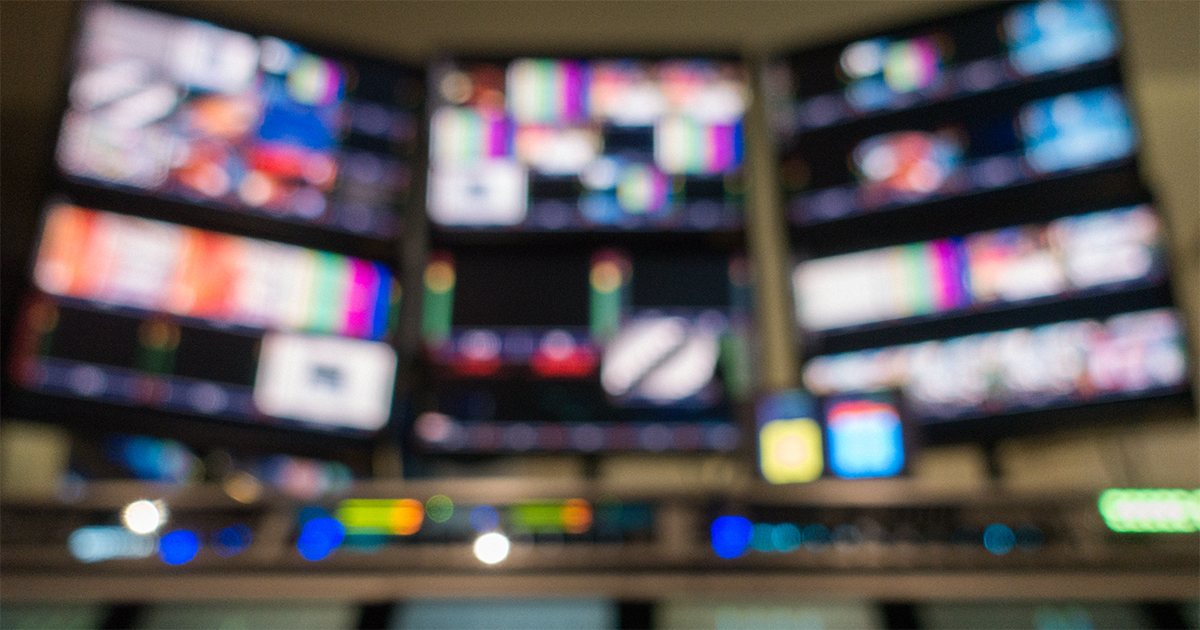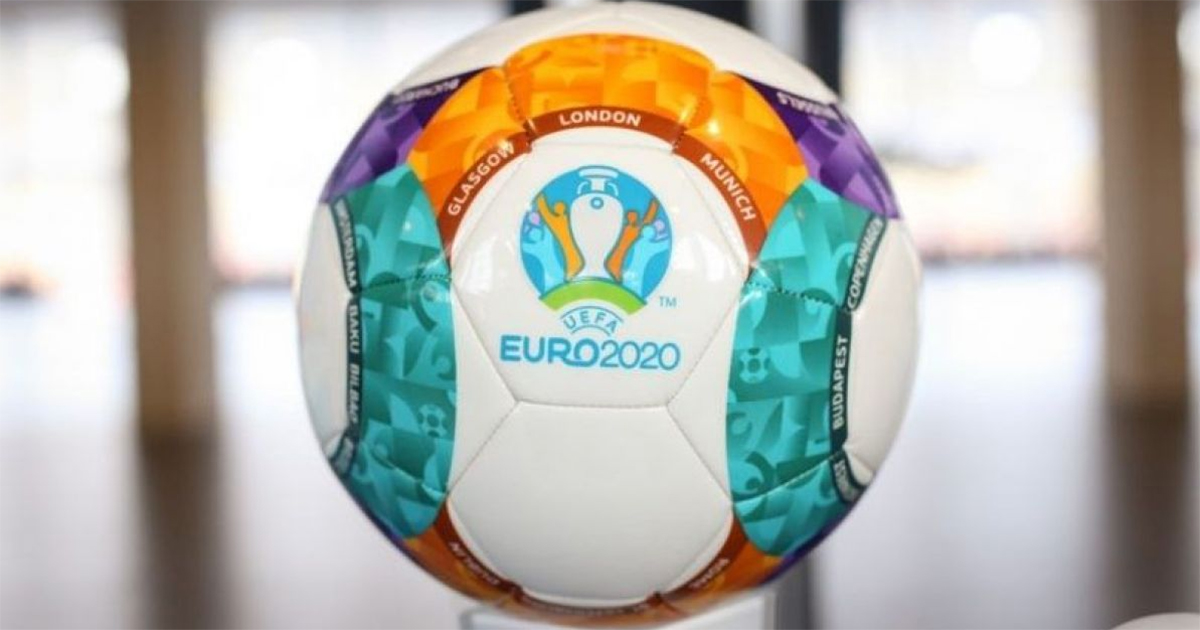
By David Fox
Thanks to COVID-19, some major sporting events that should have taken place last year are now due to happen this year. One of those affected is Euro 2020, the UEFA European Football Championship, the second most watched soccer tournament in the world after the FIFA World Cup.
Euro 2016 had a live TV audience of two billion people, with the final alone attracting around 600 million globally. It is covered by broadcasters around the world including ABC, ESPN and Univision in America, and Bell Media and TVA Sports in Canada. Due to Covid, Euro 2020 will now be played from June 11 through July 11, 2021.
It is due to take place in 12 venues around Europe, all connected to an International Broadcast Center in Amsterdam, with multinational facilities company Gravity Media operating the gateway from each venue to the IBC through the technical operations center (TOC).
“Any kind of broadcasting to the world is done from the IBC. It’s not particularly from the venue, although there are backup satellites that are available there,” said Simon Nicholls, Director of Engineering, Gravity Media (UK).
The TOCs at all 12 venues will use almost identical systems, “where we interface with the multilateral [OB] and another truck called the services OB or the unilateral truck.” Gravity Media will take all these feeds, monitor them, QC and pass them to the IBC via links from the EBU (European Broadcasting Union). The multilateral coverage is undertaken by UEFA using multiple OB companies.
“We take all the feeds from them and then we put them into our TOC router.” There are a huge array of multiviewers to monitor each feed, like an MCR monitoring area, “just making sure that all these feeds are healthy, in good condition and then passing them onto the IBC; but at the same time also passing them to people in the compound,” Nicholls explained.
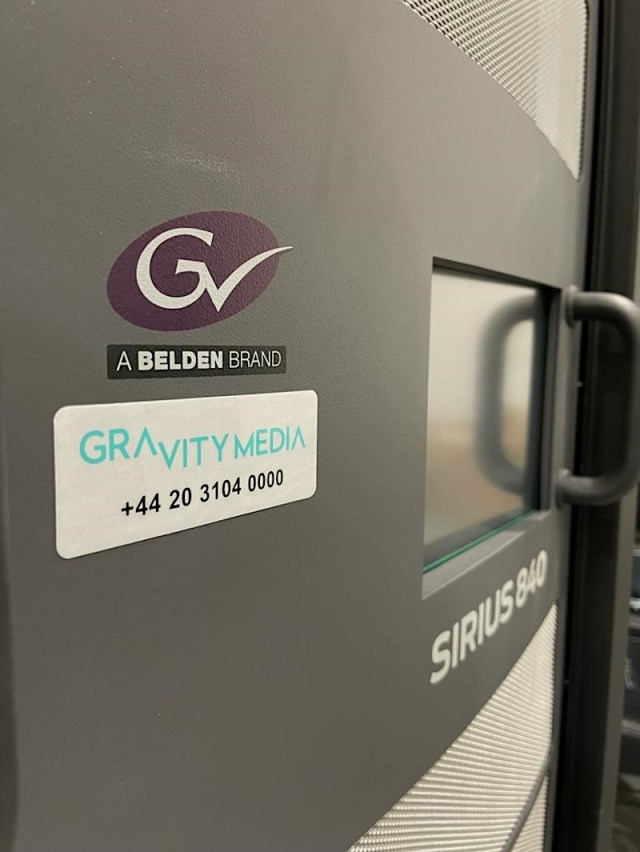
“That’s any visiting broadcasters, which probably won’t happen this year, but in normal non-COVID worlds lots of trucks would turn up to the ground to do their own TV program from the venue,” connected to the TOC and the CIR (cable interface room), where they can collect the feeds they’ve ordered. Gravity Media can also take their program, and send it to the IBC, as many of the unilateral broadcasters have an IBC presence.
There is a lot of cable between the TOC and the trucks and into the EBU and other places, “because we also do central distribution for the VAR [Video Assistant Referee], so we take all the camera feeds, ISOs from the multilateral and we pass them on to the VAR. So many signals are floating around in the compound now you have to push the burden somewhere and it seems to be pushed into the TOC. This makes sense because we have all those feeds anyway,” said Nicholls. “We also provide the feeds for FanTV, which is a third party in this case.”
Gravity Media also has a “special cams” room, with equipment for any particular specialist cameras being used at the venue, such as all the RF wireless cameras, helicopter rigs, Steadicams, in-goal cameras and the tunnel camera.
“Anything that needs some kind of specialty mount or some different kind of operating procedure than a line camera would give you comes into special cams,” he explained. “We distribute those as well; back to the multilateral; to ourselves for VAR; and we house a little room there for racking the cameras, and that’s all hanging off the TOC router” — using Grass Valley Sirius 840 Series routers.
It also provides an EVS cabin, a dedicated operating room as an extension of the trucks. As so many people need to do replays for the coverage they outboard it into cabins and Gravity Media provides all infrastructure around that, including monitoring.
There are distribution points for the coaching feeds, for both teams, with fiber distribution around the stadium, so they can pick up signals from the TOC router. There is also a feed for the CATV, the venue RF, and for monitors around the stadium.

“It’s all so the multilateral broadcaster can concentrate on the coverage of the match, and then the TOC deals with everything else on-site to and from the IBC,” said Ed Tischler, Managing Director, Gravity Media (EMEA). “They can focus on production and we can focus on all of the signal flow and for a single match there must be hundreds of feeds in that compound.”
“Yeah, the list is getting slightly ridiculous,” added Nicholls. “It’s a lot of copper. We’re up to 45 kilometers [28 miles] of high grade cable at the moment and that’s across the 12 venues.” It may not seem like a lot, “but when you when you get together 12 systems, it’s a lot to manage.”
Putting Protocols in Place to Mitigate Against COVID Emergency
There is also emergency switching should one of the venues be affected by COVID, allowing Gravity Media to take control of that venue remotely if necessary.
If there are further lockdowns in the countries or regions involved, the team may have to move to remote workflows, “which is quite easy to do in this instance because all the venues are connected together,” said Nicholls. There is a control element from the IBC, to allow UEFA to see all the cameras from all venues.
“There’s lots of people to interface with to do that — all the different providers for multilateral [feeds].” As that connection into the system will exist, it means that for remote working “so long as we can get into the IBC from anywhere in the world then, effectively, I can control any of those 12 venues.”
“We’ve put on two grand slams since COVID started, which is pretty remarkable, really. We did the US Open and the Australian Open, both very strict.”
— Simon Nicholls
There are also lots of protocols in place to mitigate problems, such as losing a truck. If the TOC loses mains power, it is protected by dual UPS (uninterruptable power supplies), “so it means that my systems still go for half an hour,” he added. The key protection will be having Camera One always on a UPS, completely isolated.
“It’s all hard wired to where it needs to go. So should the doomsday scenario of losing power happen, the idea is there are enough batteries and UPS and backed-up systems on site for this Camera One signal to always make it back to the IBC.” There is also a satellite feed off-site to back up the fiber feeds.
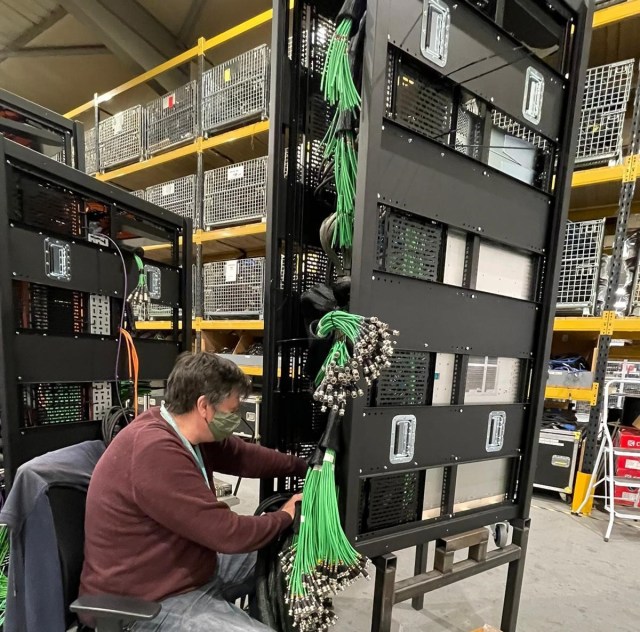
COVID adds its own problems. Although moving equipment is fine, getting people in place “seems to be getting harder and harder, especially with quarantining and all the rules around that.”
Staff journey from different countries, and how they are treated can vary depending on where they are going, with certain destinations having particular countries on a red list or green list — something that can also change rapidly and unpredictably. “There is no one-size-fits-all, so crewing is probably a big challenge because of COVID,” added Tischler.
Once the crew is on site, it is easier. “You are in a bubble for a lot of it; and there’s no going out for the crew, so I think they have found it a little stifling at times, but we have done it.
“We’ve put on two Grand Slams since COVID started, which is pretty remarkable really. We did the US Open and the Australian Open, both very strict,” particularly Australia, said Nicholls. “It’s just very hard work,” because once you’ve overcome one problem, another unfolds and restrictions tighten further.
One answer to COVID is for productions to send as few staff on location as possible and do as much work at home as possible: however, with live sport you still need a large on-site presence.
“You’ve got those projects that have managed to find a way of getting all of the staff on site still, and they carry on as normal,” said Tischler. “But we’re working a lot more with broadcasters around [preparing for] different scenarios in the event of XY&Z, because it’s still a very fluid world, [with] lots of things changing last minute. One of the differences now is we need to have several scenarios that we need to act upon.”
Last Year for Baseband Production in Tournament-Style Operations
For UK’s ITV coverage of tennis at Roland Garros (Paris) Gravity Media tackled the tournament remotely from its production hub in west London, which has all the connectivity it needs to cope with a big production. Tischler believes that even post-COVID broadcasters will still want to base productions nearer home when possible.
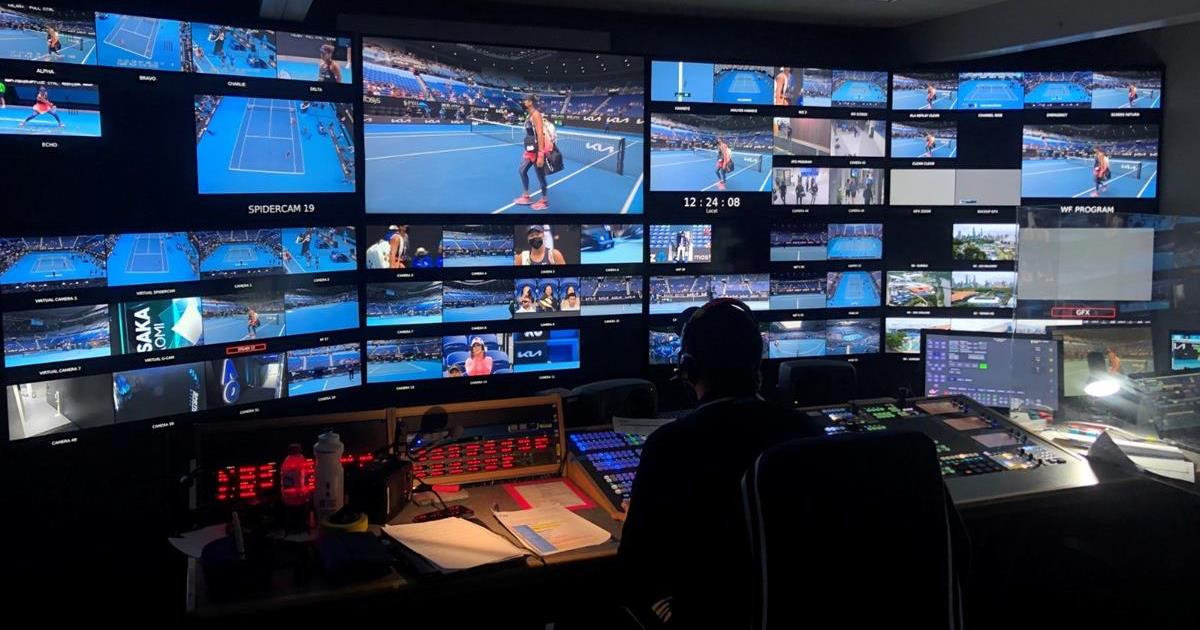
“The industry as a collective is moving in that direction. We’re lucky because we have had our production center for several years plus with the added benefit of actually having production teams in it, and that helps as well — so it’s not just a pure engineering facility,” added Tischler.
It is possible that the next championships, Euro 2024, will move to a more distributed production. It looks certain that Euro 2020 will have been the last one to be produced using baseband equipment, a concept that is already looking outdated — although it was probably the best choice when technology decisions were being made three years ago. It is just the COVID-driven delay that makes the decision look conservative now.
“The obvious choice is to go IP, because that integrates into remote workflows really well.”
— Simon Nicholls
“They’re already talking about doing Germany 2024 as a remote production, because it will all move into IP technology,” said Nicholls. “We will have to fit into however that looks in three years’ time. You wouldn’t do it this way; this will be the last year it’s done in baseband.… The obvious choice is to go IP, because that integrates into remote workflows really well.
“These tournament-style operations always have very big telco pipes between wherever they want to get to. Lots of money is spent on that. So, you know you have hundreds of gigabytes between the venue and IBC, and that just opens up all-IP infrastructures when it comes to technology for us. If we were to do it tomorrow, it would probably be done IP.”
Gravity Media had looked at using fly-pack technology for Euro 2020, but financially it didn’t make sense for baseband equipment. However for IP it should be more feasible, “because you can build the system as big as you like, essentially, when you do that, so you can cope with any of their changes.
“The more cameras you have, the more IP edge gear. Things now are talking natively [SMTPE] 2110 anyway,” from cameras to EVS. “It’s just how you orchestrate it and that’s coming now, within months, but you can integrate directly back into IBC and just have one cross-continent router, which is a pretty mind-blowing concept. But it’s possible,” said Nicholls.
All production for Euro 2020 is in Ultra HD, HDR, HLG, with Dolby Atmos. “Everything pretty much now is 10-bit processing anyway, so as long as it’s sent through to us we just monitor it,” using Sony BVM X300/X310 reference monitors.
“It’s easy when you move towards a full HDR workflow.” However Euro 2020 is offering both flavors, doing a dual cut of HDR and SDR, with two HDR supervisors at the IBC looking at all the cameras across all of the games. Doing QC on this and Dolby Atmos is an important role of the TOC. “We are required to check certain parameters,” said Nicholls, such as Dolby E being on line 21 — for which it is using Tektronix WFM 8300 and Prism waveform monitors.
Gravity Media has offices in the US, where it is “working a lot around at-home workflows with some of the major networks,” said Tischler. “We are also a year into a project with ESPN where we have built and run a 4K remote studio on the strip in Las Vegas and that’s up and running.”
It has also recently (March 2021) opened facilities in the Pac-12 Networks Production Center in San Francisco, where it is offering studios and control rooms, mainly for live sports production. “On top of that, we are doing a lot more in the package production piece as well, so obviously the full turnkey production and facilities as well, and we’ve worked for some key clients in terms of Fox and NBC on that side,” said Tischler.




